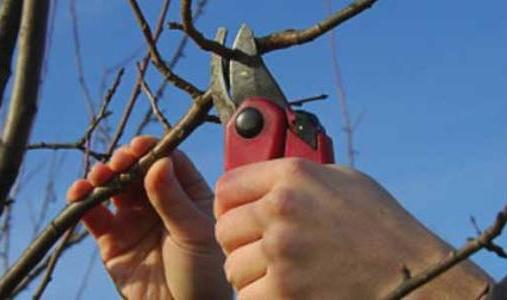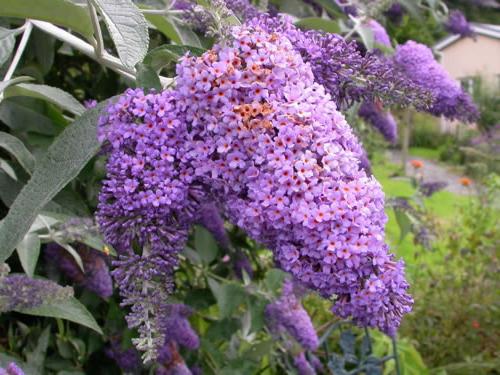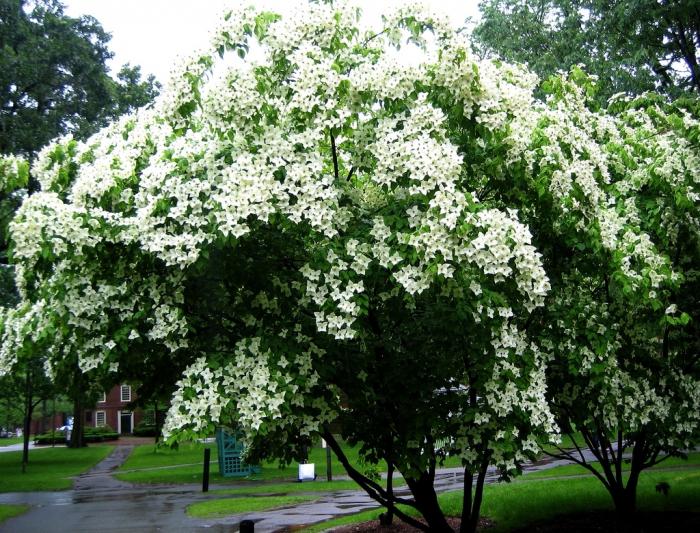Many gardeners have won extraordinary beauty andsweet honey aroma, which fragrance exotic beauty buddleya. Planting and caring for this plant will bring a lot of trouble to a budding floriculturist, but the time spent is worth it. The genus of these shrubs includes more than 100 species, but in our latitudes not all take root, because heat-loving beauties are accustomed to the subtropical and tropical climate, and frosty winters are fatal for them.

Cultivated buddlea from seeds is very rare, but inmainly propagated by cuttings. If the florist wanted to get a new variety, it is better to buy only the planting material, brought from warm countries, since we do not have enough ripening. Buddleic seeds are very small, so they are sown on top of the soil and only covered with earth. Seedlings appear in half a month or even a month. If you sow seeds in early spring, then in May or June you can plant the seedlings in the open ground, where at this time of the year the buddleus will feel great.

An important stage is preparation for winter,because our frosts are poorly tolerated by the thermophilic buddleus. Planting and nursing begin in the spring. During the season the branches grow strongly and inflorescences appear on them. With the arrival of cold weather, bushes have to be cut almost at the very base. Roots are covered with fallen leaves to delay snow, and you can also put brushwood. In the spring, you need to remove the shelter in time, so that the plant is not vyprelo. In many ways it is the wintering that is the most difficult process in growing buddlei.

Planting and caring for this bush are troublesome, noteveryone does not always manage to keep this heat-loving beauty in their garden for a long time. But the forces and time expended on buddlei will justify themselves when she smells their beautiful flowers, filling the garden with a honey aroma.












